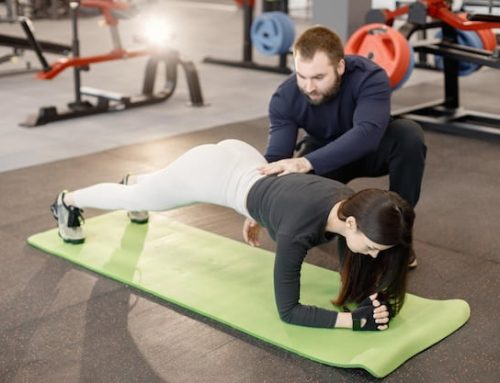The Specificity Principle for Volleyball Training
When it comes to sports-specific training, the specificity principle is the key to success. This principle means that training should be tailored to the specific needs and demands of the sport or activity. In volleyball, the specificity principle is essential to help players improve their skills and performance on the court.
The Importance of Specificity in Volleyball Training
Volleyball is a highly dynamic sport that requires a combination of skills, including agility, speed, strength, power, and coordination. To improve performance in volleyball, it is important to include exercises that mimic the movements and demands of the sport. This will help players to develop the specific skills and physical qualities needed to perform at their best on the court.
Examples of Specific Volleyball Exercises
Here are some examples of specific exercises that can be incorporated into a volleyball training program:
| Exercise | Description |
|---|---|
| Jumping drills | Jumping is a key component of volleyball, so exercises that focus on improving jump height and power are essential. Plyometric exercises like jump squats and box jumps can be effective for improving vertical jump and explosive power. |
| Agility drills | Volleyball requires quick changes of direction and lateral movements, so agility drills like cone drills and ladder drills can be helpful for improving footwork and movement on the court. |
| Strength training | Strength training is important for volleyball players to help them develop the power and endurance needed to perform on the court. Exercises like squats, lunges, and bench presses can be effective for building strength in the lower body and upper body. |
| Coordination drills | Volleyball involves a lot of hand-eye coordination, so drills that focus on coordination can be helpful for improving skills like passing and hitting. Exercises like wall tosses and partner drills can help players improve their coordination and reaction time. |
The Role of Specificity in Injury Prevention
In addition to improving performance, sports-specific training can also help prevent injuries. By focusing on the specific demands of volleyball, players can develop the strength and flexibility needed to avoid common volleyball injuries like ankle sprains and shoulder overuse injuries.
How to Incorporate Specificity into Volleyball Training
To incorporate specificity into a volleyball training program, it is important to identify the specific needs and demands of the sport. This can involve analyzing the movements and skills required in volleyball and developing exercises that mimic those movements. It can also involve identifying the specific muscles and areas of the body that are most important for volleyball performance, and developing exercises that target those areas.
The Benefits of Specific Volleyball Training
The specificity principle is essential for maximizing performance in volleyball. By tailoring training to the specific needs and demands of the sport, players can develop the skills and physical qualities needed to perform at their best on the court. This can lead to improved performance, injury prevention, and a more enjoyable and successful volleyball experience overall.
In Conclusion
The specificity principle is essential for effective volleyball training. By incorporating specific exercises and movements into a training program, players can improve their skills and performance on the court while also reducing their risk of injury. Whether you are a beginner or an experienced volleyball player, incorporating specificity into your training can help you take your game to the next level.






